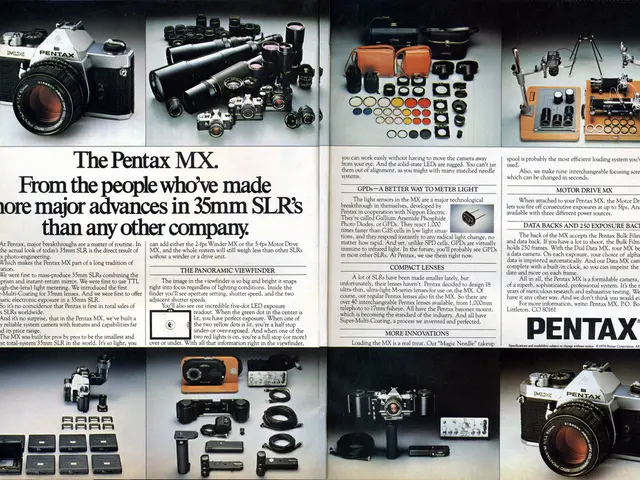Electrification of Fleets: Progress instead of Pursuit of Perfection
Fleet electrification is a crucial step towards decarbonization, but the scale of the undertaking can feel overwhelming. Organizations that take calculated, methodical steps towards electrification will benefit from cost efficiencies, compliance advantages, and reputational gains.
To conquer the challenge of fleet electrification, it's best to approach it one step at a time. Fleet managers should implement changes progressively, leveraging phased rollouts, pilot initiatives, and adaptable planning. This approach ensures a smooth transition, minimizing disruptions to operations and allowing for adjustments based on real-world experiences.
Successes from pilot programs help build confidence and momentum for broader fleet electrification. These trials offer opportunities to learn, adapt, and change course, collect real-world insights, and evaluate the impact of electrification on fleet operations and drivers. By trialling strategies in various countries, organizations can tailor electrification approaches to fit local infrastructure, regulatory landscapes, and operational needs.
Electrification of commercial fleets is not just an environmental imperative; it is also a business priority due to factors like fuel price volatility, emissions regulations, and corporate sustainability goals. Data-driven insights on performance, charging needs, and costs ensure strategic decisions that minimize risk. A clear roadmap, pilot programs, and incremental improvements turn electrification into a series of achievable milestones.
It's important to note that electrification isn't a one-size-fits-all solution; different markets present unique challenges and opportunities. Different commercial fleets face different challenges depending on routes driven, load capacities, duty cycles, and organizational setup. Feasibility assessments help identify where EV adoption makes the most sense, whether for short-haul routes, depot-based fleets, or urban deliveries.
Ben Varey, a member of the Fleet Europe Commercial Fleets Community, is an independent consultant providing valuable guidance to companies navigating the challenges of rising costs and decarbonization. Previously responsible for fleet management at Otis and SGS, Varey now offers his expertise to help organizations make informed decisions about fleet electrification.
In 2021, Varey worked with several key companies to help them navigate these dual challenges, but there are no relevant search results indicating the specific companies involved.
In conclusion, fleet electrification can be compared to assembling a puzzle, with each step revealing a clearer picture of the path forward. By breaking down the process into manageable parts, organizations can confidently move towards a more sustainable future, one electric vehicle at a time.
Read also:
- Understanding Hemorrhagic Gastroenteritis: Key Facts
- Stopping Osteoporosis Treatment: Timeline Considerations
- Trump's Policies: Tariffs, AI, Surveillance, and Possible Martial Law
- Expanded Community Health Involvement by CK Birla Hospitals, Jaipur, Maintained Through Consistent Outreach Programs Across Rajasthan








